Best Continuous Glucose Monitors (CGMs)—Top Devices Compared

Key Takeways
In the past few years, there have been many new developments in continuous glucose monitoring (CGM), both in terms of technology and ease of use. As of 2024, there are four major players we think are worth your consideration.
How did we review the top CGMs
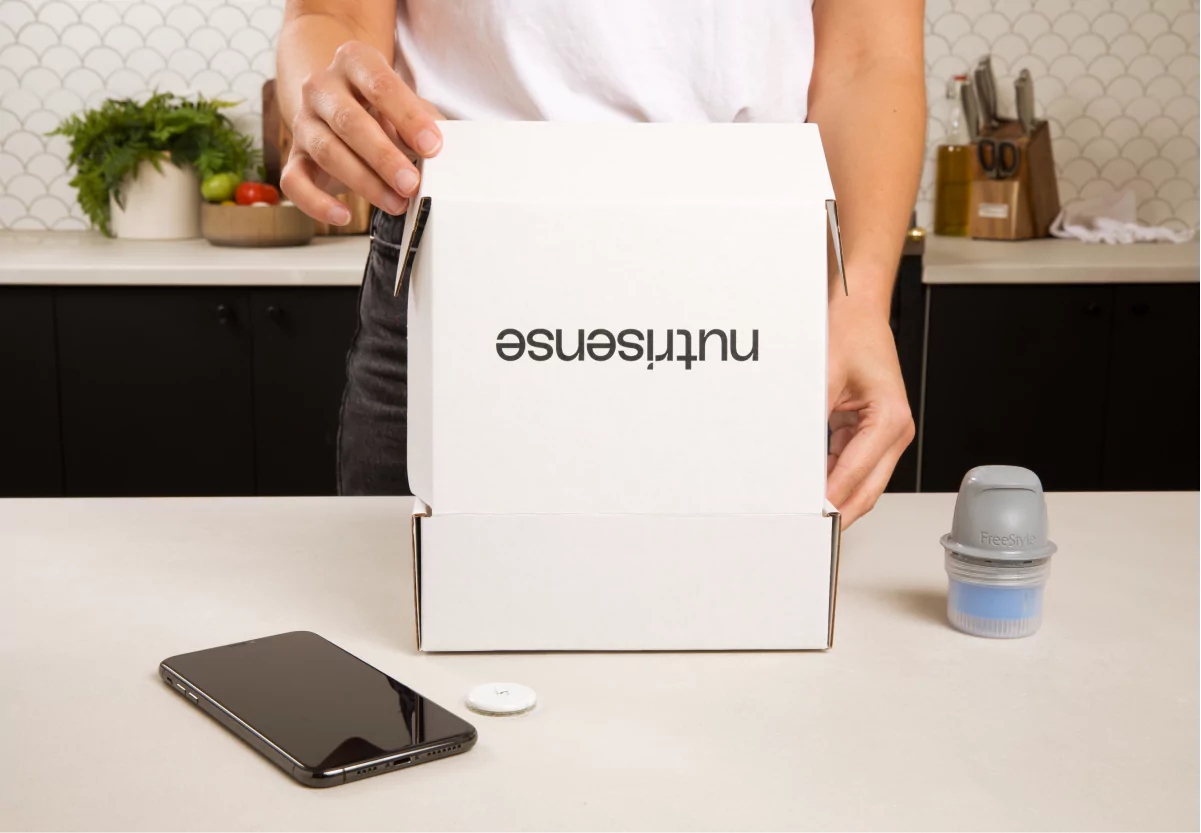
There are a few things we considered when classifying the best glucose monitors in this list. These factors include:
- Accuracy
- Ease of use
- Accessibility
- We did not add the latest glucose biosensors and OTC options to this list: they’re deserving of their own!
The first, of course, is accuracy. Luckily, each of these CGM devices is comparably accurate. When it comes to ease of use, the software used by a CGM is important. We believe that the most important aspect of a CGM app is the ability to generate information that is easy to understand—and easy to access. Data that is easy to access and interpret is more accessible, allowing anyone to gain deeper insight into their health and use this information to make healthier lifestyle choices.
Since there are only a handful of available CGM systems, we haven’t had to use any “tie-breaker” criteria, but as time passes and technology progresses, we'll share any new updates.
Comparing your CGM options
You’ve spent the last hour with multiple tabs open, trying to sort out the differences between CGM devices. One lasts 10 days, another 14. One requires scanning, while the other sends data automatically. You just want a clear path to understanding your body’s responses, not a confusing tech decision.
You need to know which option best fits your life and provides the insights to finally move forward. And, you need a good app to pair your device with! As one of our users shares: “They recommended using Nutrisense mostly because the app is so great and it gives you such good data, feedback, and information on what you're seeing from that continuous glucose monitor.”
Which CGMs made our list
So, with several CGM devices on the market, which continuous glucose monitor should you choose?
1) Best for overall function: Dexcom G6 and G7
Dexcom had its first-generation product approved by the FDA in 2006 and has continued to iterate and innovate since then. Their latest products, the G6 (and more recently, the G7), measure glucose in interstitial fluid and have a high level of accuracy. You can wear the sensor on your belly or arm and replace it every 10 days.
24/7 data and alerts
What makes this our top pick is the fact that you don’t need to “wand” over the monitor to update your phone. What this means is that you will get a steady stream of glucose data from the CGM without having to do anything yourself. This allows for 24/7 alerts, such as a dangerously low glucose value.
Phone compatibility
Yes, and it offers great compatibility with other glucose monitoring apps and regulating devices in general. Plus, if you join a program like Nutrisense, you can dive deeper into your data with their bring your own sensor plans, depending on device compatibility.
App compatibility
Yes, and the FDA has approved them to alter the level of insulin administered by a wirelessly connected insulin pump.
2) Best for overall value: Abbott FreeStyle Libre Sensors
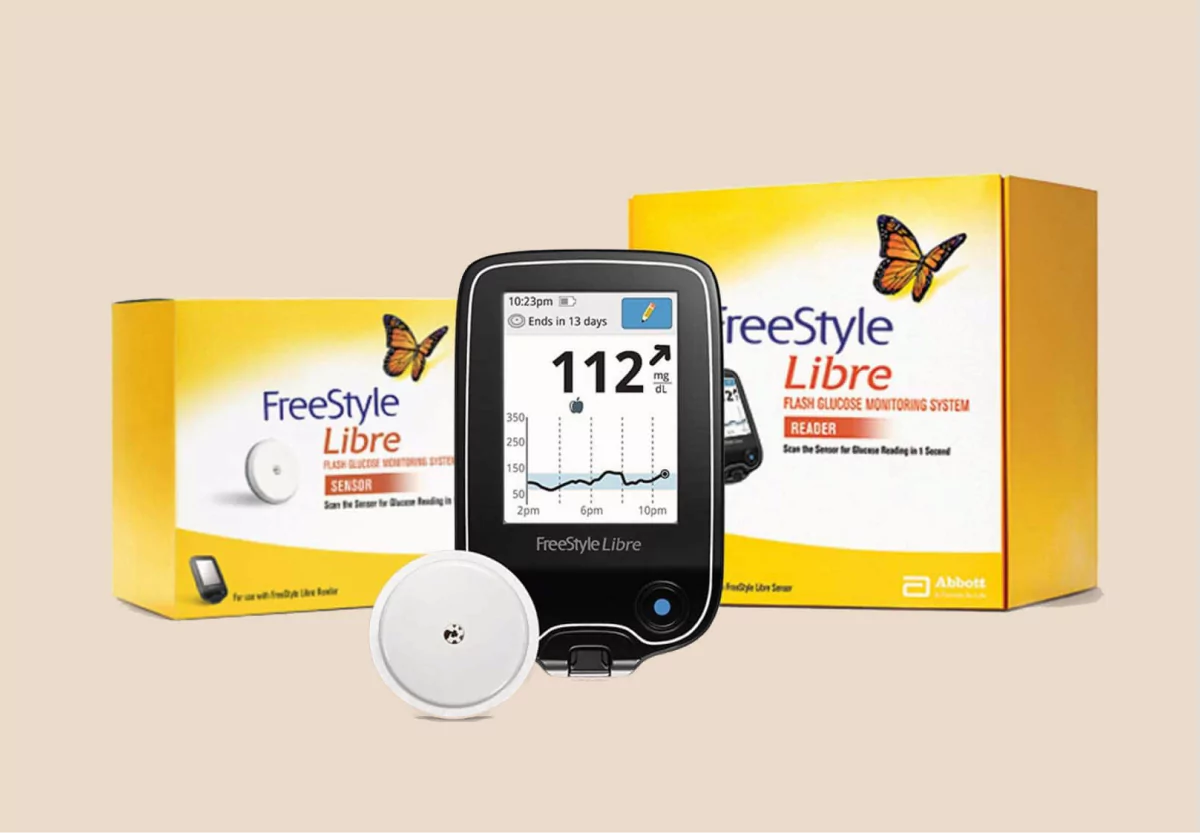
The FreeStyle Libre CGMs are easy systems to use on our list, but you may have to scan some of the CGMs with your smartphone to activate them (and depending on the model, some older versions may require regular scanning). The device itself is about the diameter of a quarter, so it doesn’t take up much space on your arm.
Scan behavior
Once you have the CGM on your arm and activated, the device lasts for two weeks. If you don’t mind the extra step of physically scanning the device to activate, and are looking for a small, convenient device, this is a good CGM to pick.
Mobile support
Yes, but only with compatible iPhone and Android models. It can also be paired with the FreeStyle LibreLink app, which was designed by Abbott. Plus, if you join a program like Nutrisense, you can dive deeper into your data with their bring your own sensor plans (depending on device compatibility) in the Nutrisense App.
App compatibility
Yes, there are third-party glucose monitoring apps, such as the Nutrisense app, that can compile and chart the data from your CGM readings using a connected mobile device.
Libre 3 Plus availability
The FreeStyle Libre 3 Plus is Abbott’s latest sensor, which now lasts for up to 15 days. The Libre 3 Plus is said to be the world's smallest CGM and most discreet sensor on the market. Abbott is transitioning users from Libre 3 to Libre 3 Plus through 2025.
{{rich-text-cta-3="/style-guide"}}
3) Best for adaptive technology—Medtronic Smart MDI
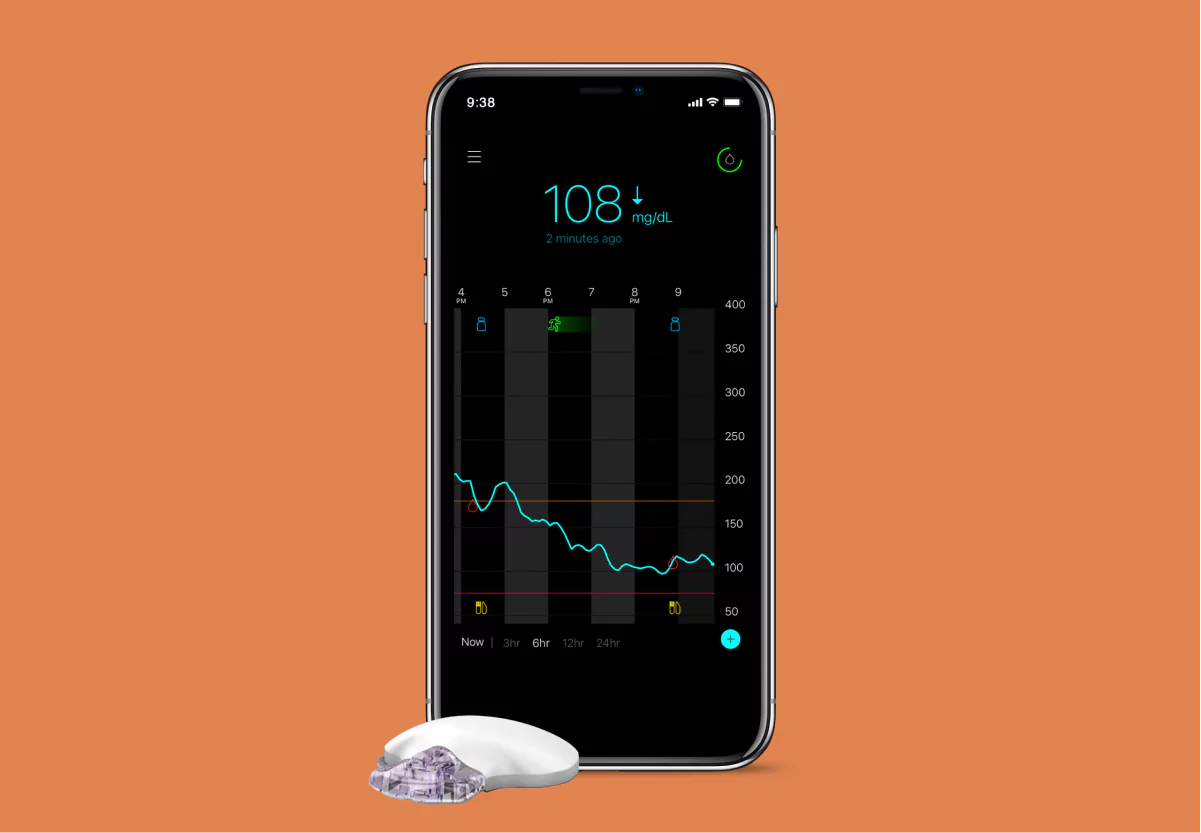
The Smart MDI brings together Medtronic’s Simplera CGM, the InPen smart insulin pen, and the optional i-Port Advance injection port. The system tracks glucose and insulin to deliver personalized dosing guidance based on 24/7 data.
Simplera provides readings every five minutes with a simple two-step insertion. The sensor measures glucose in interstitial fluid and is indicated for up to 6 days of wear with a 24-hour grace period for flexible changes.
Adaptive dosing without a pump
Rather than connecting to a pump, Smart MDI focuses on adaptive dosing for people on injections. The InPen app combines your insulin and CGM data to surface trends, send alerts for highs and lows, and provide personalized recommendations. You get some pump-like advantages while keeping the freedom of MDI.
Mobile support
Yes. You’ll use the InPen app and the Simplera app. Both are available for iOS and Android. Device and OS compatibility vary by model.
App compatibility
Yes, Smart MDI relies on the InPen app, which integrates directly with Simplera CGM, so 24/7 glucose readings appear in InPen. The InPen app can also display Dexcom G6 or G7 data on iOS and Android with an approximate 3-hour delay. You can sync reports to CareLink to share with your care team. Beyond these options, third-party app support is limited.
4) Best for low-maintenance monitoring: Senseonics Eversense
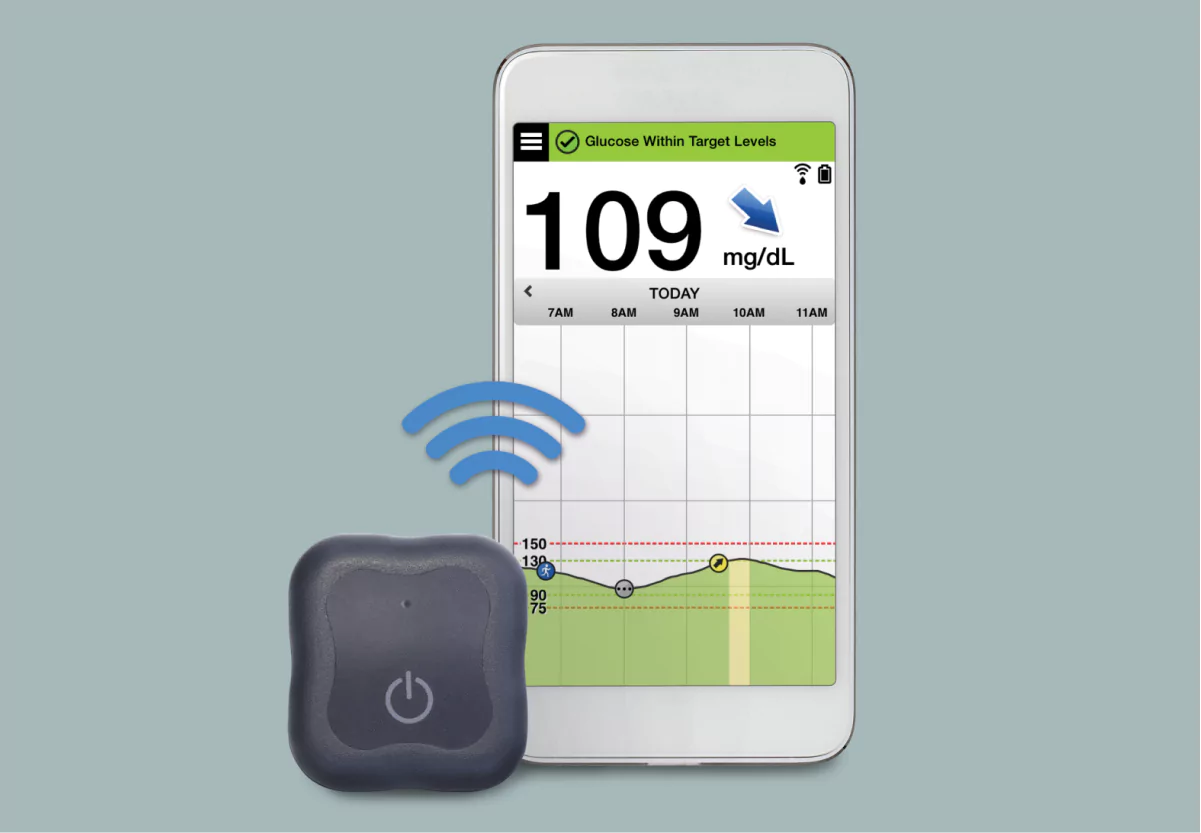
Unlike the other CGMs on this list, the Senseonics Eversense is a subcutaneous device, which means it sits underneath the skin, similar to a skin implant. As a result, you can’t activate or replace it on your own and need the assistance of a physician.
Once active, however, it monitors interstitial fluid, just like the other devices. The device only needs to be replaced every 180 days as opposed to every seven to 14 days.
Long wear interval
A significant advantage of this CGM is that it does not need to be replaced as frequently as the other devices on the market do. If you consider that the shortest “cycle” for CGM replacement on this list is seven days, this would be the equivalent of 26 of those devices in terms of how often they would need to be changed.
Since the device has acceptable accuracy and features, we can easily recommend it for people who need a basic CGM and can tolerate a subcutaneous device.
Mobile support
Yes, the Eversense mobile app is available on Google Play and the App Store.
App compatibility
Yes, in addition to the Eversense CGM app, data can sync to Apple Health and to the Glooko diabetes platform; followers can also view your glucose via the Eversense NOW app.
Latest CGM models and OTC options
Beyond the devices already covered here, you will also see newer models, such as the Medtronic Guardian 4, MiniMed™ 780G, and Eversense 365. There is also a growing over-the-counter category for wellness use that includes the Stelo Glucose Biosensor by Dexcom and Abbott's Lingo.
All CGMs and glucose biosensors use a small sensor to track glucose measured in interstitial fluid. Depending on the device, data may stream to your phone 24/7 or require a quick scan to sync readings. The latest options often require no scanning at all!
Find the right Nutrisense programto turn insight into progress.
Understand what your glucose can reveal about your energy, cravings, and weight loss progress.
Understand what your glucose can reveal about your energy, cravings, and weight loss progress.
How does Nutrisense go beyond CGM data
Your glucose can significantly impact how your body feels and functions. That’s why stable levels are an important factor in supporting overall wellbeing. But viewing glucose isn't enough. With Nutrisense, you’ll be able to learn how to use your body's data to make informed lifestyle choices that support healthy living.
Coaching support
Sign up to access insurance-covered video calls with a glucose-certified expert: a personal registered dietitian or certified nutritionist who will help tailor your lifestyle and diet to your goals.
App insights
With the Nutrisense Programs, you can monitor your glucose with health tech like glucose biosensors and continuous glucose monitor (CGM)s, and analyze the trends over time with the Nutrisense App. This will help you make the most informed choices about the foods you consume and their impact on your health.
Ready to take the first step?
Start with our quiz to find the right Nutrisense program to help you stop guessing, and start progressing with your health goals.
Methods & Sources
This guide summarizes CGM options and user considerations using Nutrisense methodologies and recent peer-reviewed guidance. Devices measure glucose in interstitial fluid.
Methods:
- How Nutrisense Works
- Nutrisense Weight Loss Outcomes
- Personalized Guidance Outcomes
- Subjective Well-Being Survey Methods
Peer-reviewed References:
- Diabetes Technology: Standards of Care in Diabetes—2024 — Diabetes Care (2024). DOI: https://doi.org/10.2337/dc24-S007
- Glycemic Goals: Standards of Care in Diabetes—2024 — Diabetes Care (2024). DOI: https://doi.org/10.2337/dc24-S006
Go Beyond Glucose Data with Nutrisense
Your glucose can significantly impact how your body feels and functions. That’s why stable levels are an important factor in supporting overall wellbeing. But viewing glucose isn't enough. Nutrisense, you’ll be able to learn how to use your body's data to make informed lifestyle choices that support healthy living.
One-to-one coaching
Sign up to access insurance-covered video calls to work with a glucose expert: a personal registered dietitian or certified nutritionist who will help tailor your lifestyle and diet to your goals.
Monitor and measure what matters
With the Nutrisense CGM Program, you can monitor your glucose with health tech like glucose biosensors and continuous glucose monitor (CGM)s, and analyze the trends over time with the Nutrisense App. This will help you make the most informed choices about the foods you consume and their impact on your health.
Find your best fit
Ready to take the first step? Start with our quiz to find the right Nutrisense program to help you take control.

Kara Collier is a registered dietitian nutritionist and certified nutrition support clinician who is passionate about reshaping how we approach prevention, behavior change, and metabolic health. A Forbes 30 Under 30 honoree, she’s helped over 150,000 people improve their metabolic health using tools like continuous glucose monitors and behavior-focused nutrition strategies. Kara has been featured by Forbes, UC Berkeley, and HLTH, and has appeared on top podcasts like Mind Pump and The Genius Life.

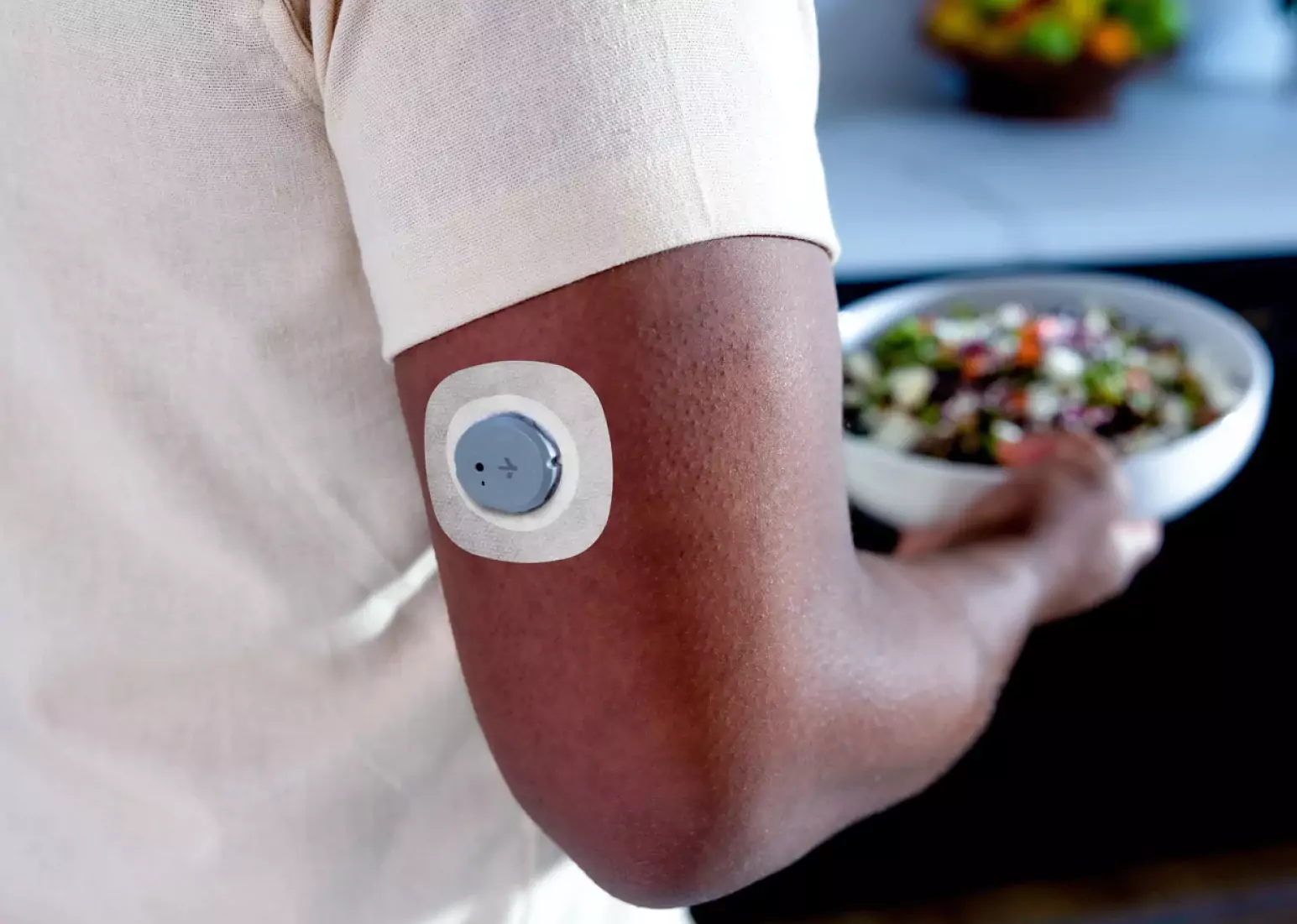
.png)

